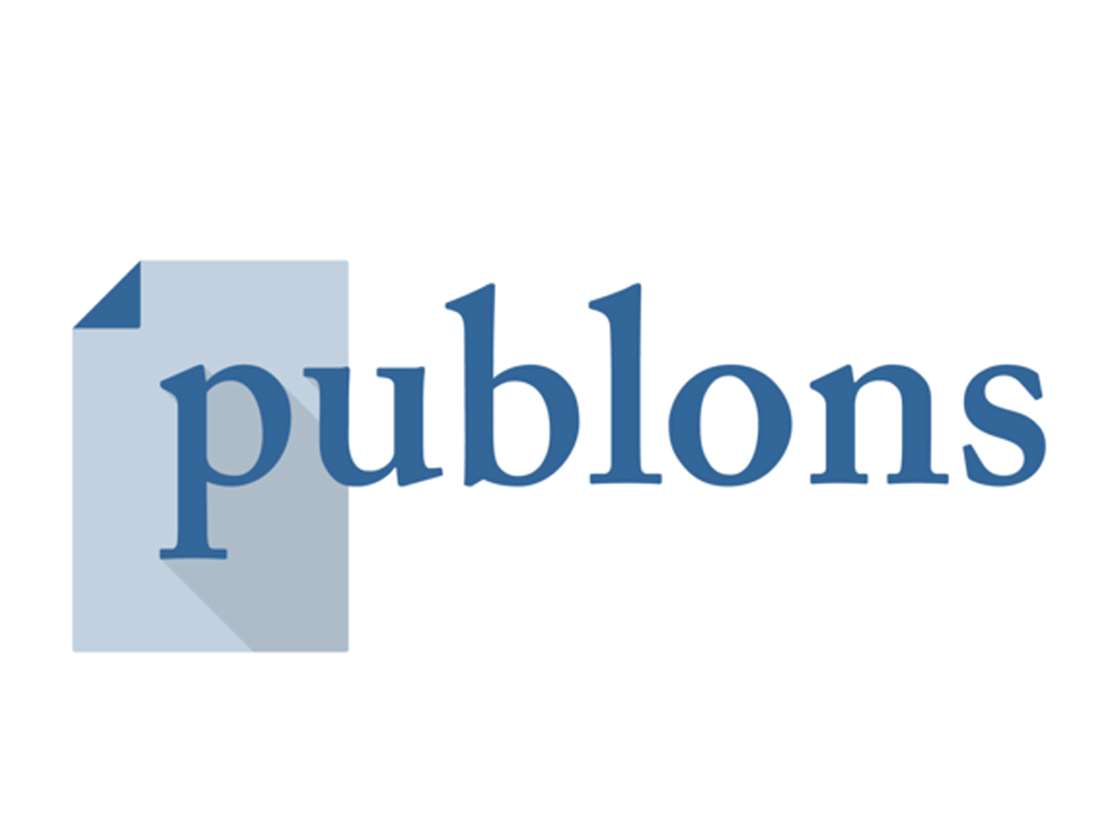Proses Produksi Pembuatan Tekstur Material pada Desain 3d Karakter Menggunakan Perangkat Lunak Maxon 3D Bodypaint
DOI:
https://doi.org/10.21512/humaniora.v5i2.3127Keywords:
character design, 3d modelling, maxon cinema 4d, texturing, unwrappingAbstract
Digital production proses using integrated image editor software, which has own drawing tools function, makes easier producing textures material that applied in 3D model. The feature of image editor combined with 3D Editor Software makes the easier adjustment of 3D model needs when we see the visible improvement, so the software utilization will be more efficient. In the discussion, this study is done by making the production of 3D model, that is the 3D Character that has material texturing from utilizing the available image editor software features, so the alternative production by using the integrated image editor is possibly to be done. The discussion can be utilized as an insight into the manufacture of technical design in determining the design workflow of 3D models. Utilization of software take one example of software Maxon Cinema 4D version 14, which is used as a reference as software that integrates image processing therein.
Â
Plum Analytics
References
Alley, T (2006). (Digital) 3D Modelling with Cinema 4D. Thomson Delmar Learning.
Kersten, T. P., Lindstaedt, M. (2012). Virtual Architectural 3D Model of the Imperial Cathedral (Kaiserdom) of Königslutter, Germany trough Terrestrial Laser Scanning, EuroMed 2012 - Int. Conference on Cultural Heritage. M. loannides et al. (Eds), Lecture Notes in Computer Science (LNCS), Volume 7616, Springer-Verlag Berlin Heidelberg. pp. 201-210
Shiratuddin, M.F., Kitchens, K., Fletcher, D. (2008). Virtual Architecture: Modeling and Creation of Real-Time 3D Interactive Worlds. Lulu.com.
Vaughan, W. (2011). Digital Modelling, New Riders.
Downloads
Published
How to Cite
Issue
Section
License
Authors who publish with this journal agree to the following terms:
a. Authors retain copyright and grant the journal right of first publication with the work simultaneously licensed under a Creative Commons Attribution License - Share Alike that allows others to share the work with an acknowledgment of the work's authorship and initial publication in this journal.
b. Authors are able to enter into separate, additional contractual arrangements for the non-exclusive distribution of the journal's published version of the work (e.g., post it to an institutional repository or publish it in a book), with an acknowledgment of its initial publication in this journal.
c. Authors are permitted and encouraged to post their work online (e.g., in institutional repositories or on their website) prior to and during the submission process, as it can lead to productive exchanges, as well as earlier and greater citation of published work.
USER RIGHTS
All articles published Open Access will be immediately and permanently free for everyone to read and download. We are continuously working with our author communities to select the best choice of license options, currently being defined for this journal as follows: Creative Commons Attribution-Share Alike (CC BY-SA)
























